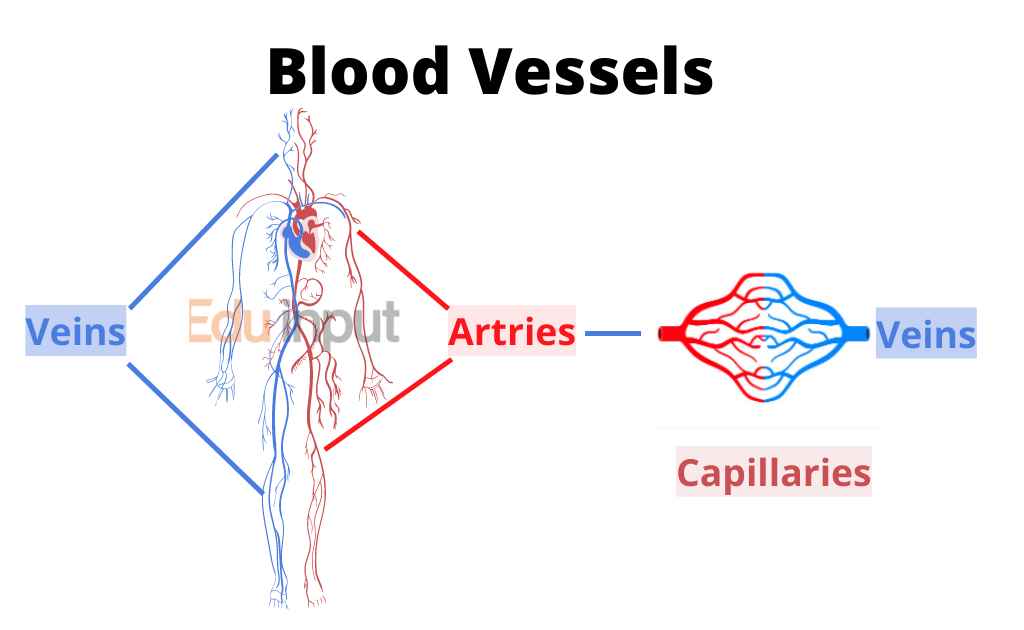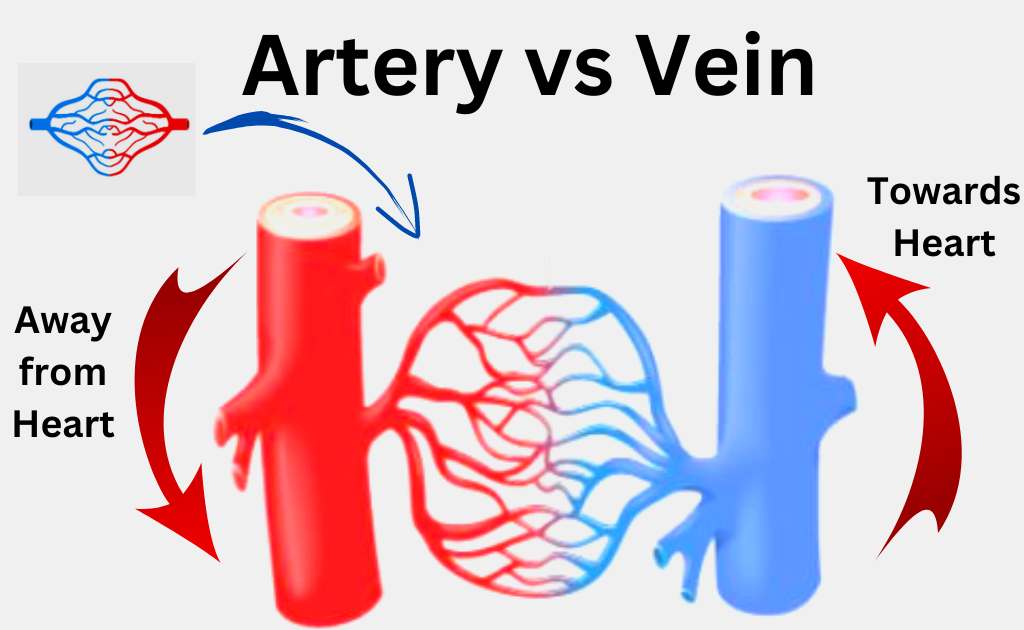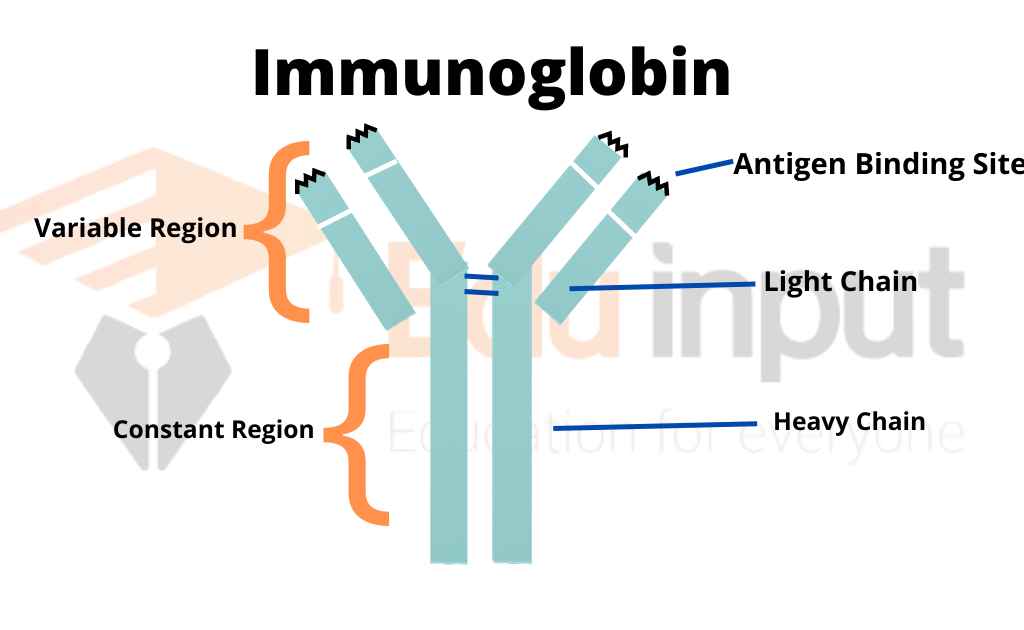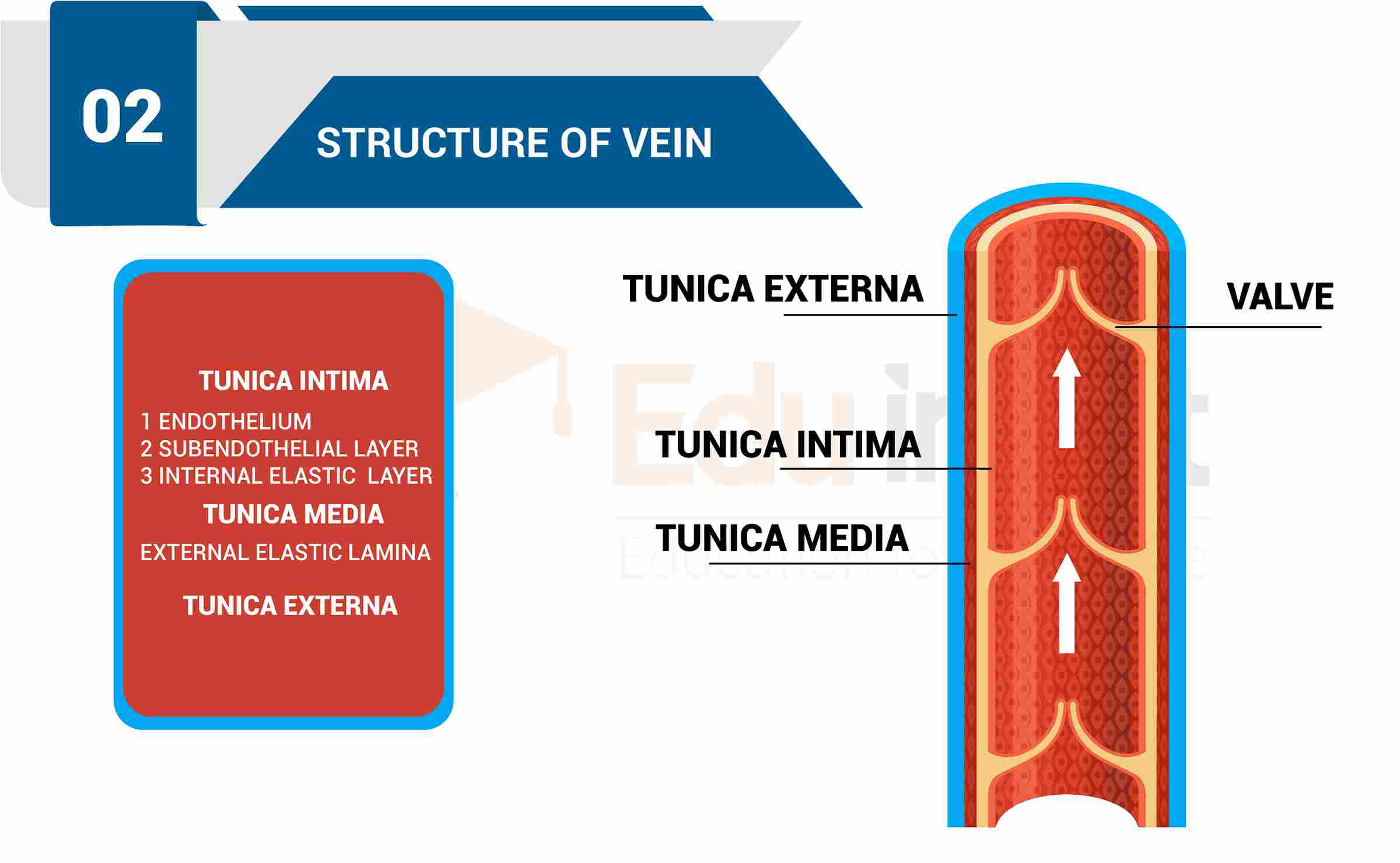Blood Vessels – Definition, Classification, and How do They Work?
Blood vessels are the channels that carry blood throughout the body tissues. They are connected to heart. They include pulmonary vessels (carrying blood between the right ventricle and lungs, then to the left atrium), systemic vessels (carrying oxygenated blood from the left ventricle through arteries, capillaries, and veins back to the heart), arteries, capillaries, and veins.

Characteristics of Blood Vessels
- Blood Vessel Size Is Different In Males And Females.
- Blood Vessel Sizes Increase And Decrease During The Time Of The Menstrual Cycle.
- Blood vessel sizes decrease during the time of pregnancy.
We all know that the blood is made up of plasma, red blood cells, and white blood cells but what exactly are the blood vessels? In simple words, blood vessels are small tubes that carry the blood in our bodies.
They are found on the walls of our body and help to deliver oxygen to the body and carry the waste material back to the lungs. The number of blood vessels is found in the skin, eyes, bones, nerves, and kidneys.
How does blood flow through body via Blood Vessels?
Here are the steps of how blood flows through the body via the blood vessels:
- Deoxygenated blood from the body enters the right atrium of the heart
- It then flows into the right ventricle
- The right ventricle pumps the deoxygenated blood into the pulmonary arteries, which carry it to the lungs
- In the lungs, the blood becomes oxygenated by the alveoli
- The oxygenated blood returns to the heart via the pulmonary veins into the left atrium
- From the left atrium, the oxygenated blood flows into the left ventricle
- The powerful left ventricle pumps the oxygenated blood into the aorta, the main artery
- The aorta branches into arteries, which carry the oxygenated blood to the body tissues
- The arteries branch into smaller arterioles
- The arterioles branch into capillaries where oxygen and nutrients diffuse into the body tissues
- Waste products diffuse from the tissues into the capillaries
- The capillaries merge into venules
- The venules merge into veins which carry the deoxygenated blood back to the right atrium
- The cycle then repeats.
Types Of Blood Vessels
Now that we have talked about the blood, let’s talk about the blood vessels in the human body.
There are three main groups of blood vessels:
1. Arteries
The blood vessels which carry the blood away from the heart to different parts of the body are called arteries.
The wall of the arteries is made up of three layers. These are
- The outer layer is made up of connective tissues and elastic fibers.
- The middle layer is made up of thick muscular layers. These muscles are smooth and Circular.
- The inner layer is made up of endothelium.
The arteries are divided into small vessels called arterioles.
2. Capillaries
The microscopic blood vessels with only one cell thick wall are called capillaries.
The blood remains confined within the capillary wall. But the walls of capillaries are permeable to water and dissolved substances. The amount of blood flowing through the capillaries is also regulated by pre-capillary sphincters.
3. Veins
The blood vessels which transport the blood from body cells toward the heart are called veins. The walls of the veins have similar three layers to arteries. But the middle layer is relatively thin. The middle layer is slightly muscular and it has a few elastic fibers semilunar valves are present in the veins.

 written by
written by 




Leave a Reply